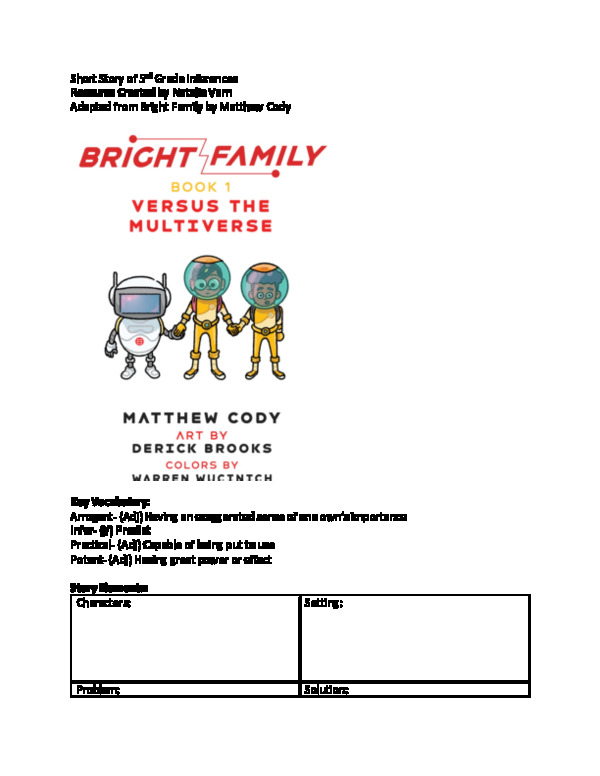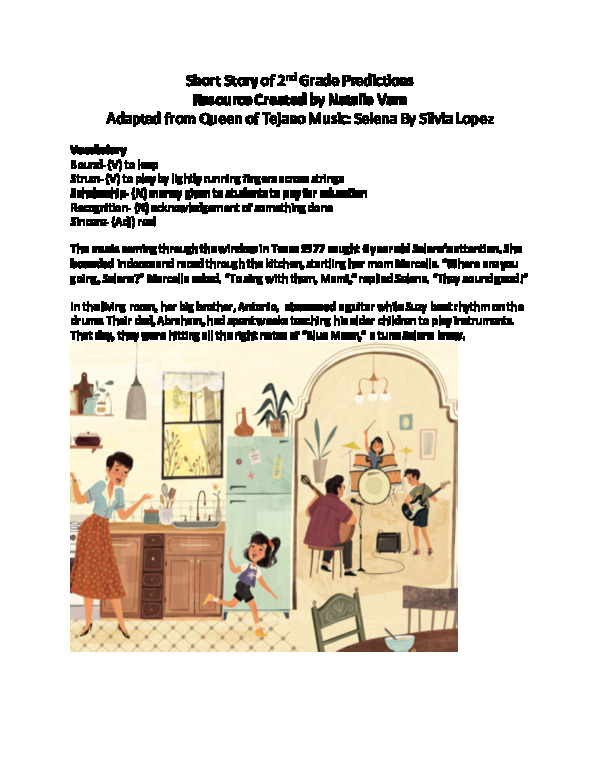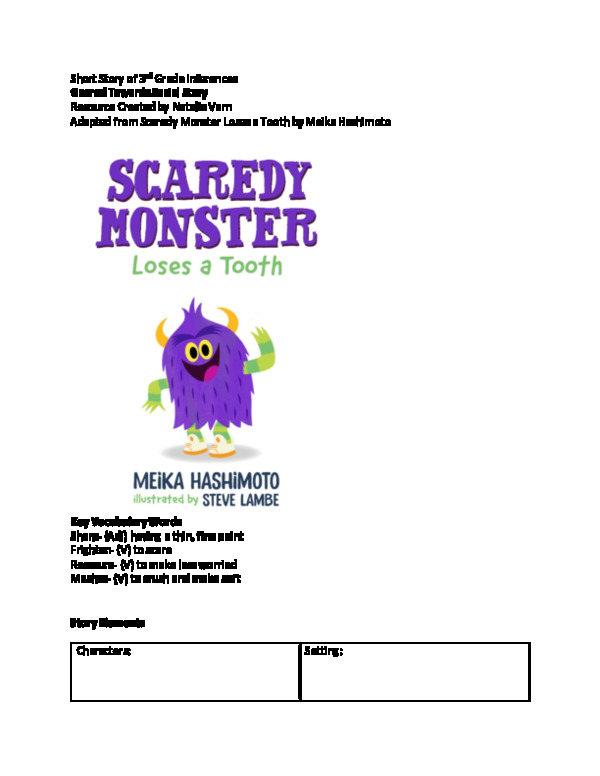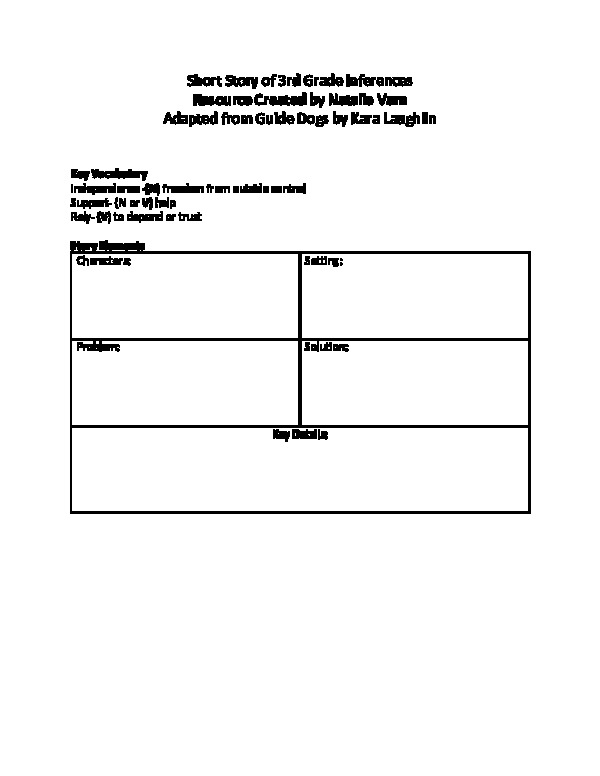Speech Therapy -> Expressive Language -> Reading
Reading
The ability to make meaning of combined letters by decoding words and speak them aloud in sentences.
Reference links
-
Reading Longer Words: Insights Into Multisyllabic Word Reading 2
Author: Lindsay Heggie and Lesly Wade-Woolley - Students with persistent reading difficulties are often especially challenged by multisyllabic words; they tend to have neither a systematic approach for reading these words nor the confidence to persevere (Archer, Gleason, & Vachon, 2003; Carlisle & Katz, 2006; Moats, 1998). This challenge is magnified by the fact that the vast majority of English words are multisyllabic and constitute an increasingly large proportion of the words in elementary school texts beginning as early as grade 3 (Hiebert, Martin, & Menon, 2005; Kerns et al., 2016). Multisyllabic words are more difficult to read simply because they are long, posing challenges for working memory capacity. In addition, syllable boundaries, word stress, vowel pronunciation ambiguities, less predictable grapheme-phoneme correspondences, and morphological complexity all contribute to long words' difficulty. Research suggests that explicit instruction in both syllabification and morphological knowledge improve poor readers' multisyllabic word reading accuracy; several examples of instructional programs involving one or both of these elements are provided.
pubs.asha.org -
Why Systematic Phonics and Phonemic Awareness Instruction Constitute An Educational Hazard 2
Author: Frank Smith - In this article, Frank Smith argues that "systematic" phonics instruction doesn't help and can interfere with learning to read.
www.jstor.org -
Reading: A Review of the Current Research On Vocabulary Instruction 0
Author: National Reading Technical Assistance Center, RMC Research Corporation - This review of current vocabulary research confirms the benefits of explicit teaching over implicit teaching in promoting vocabulary development. Results from this review suggest that effective and efficient research-based methods are available when selecting a particular instructional approach. The findings also suggest several instructional implications for promoting word knowledge: • Frequent exposure to targeted vocabulary words. Biemiller and Boote (2006) found that repeated Reading a storybook resulted in more significant average gains in word knowledge for young children. • Explicit instruction of targeted vocabulary words. Biemiller and Boote (2006) also found that word explanations taught directly during the reading of a storybook enhanced children’s understanding of word meanings. In addition, Nash and Snowling (2006) found that using a contextual approach to instruction produced more significant vocabulary gains than lessons that emphasized learning word definitions. • Questioning and language engagement. Scaffolding questions that are, moving from low-demand questions to high-demand questions promote greater gains in word learning (Blewitt, Rump, Shealy, & Cook, 2009). Vocabulary instruction should include teacher-student and interactive activities that target new words (Coyne, McCoach & Kapp, 2007). In summary, active vocabulary instruction should permeate a classroom and contain rich and exciting information. In addition, vocabulary instruction should cover many words that have been skillfully and carefully chosen to reduce vocabulary gaps and improve students’ abilities to apply word knowledge to the task of comprehension.
www2.ed.gov -
Should Adolescents Go Back to the Basics?: A Review of Teaching Word Reading Skills to Middle and High School Students 2
Author: Laurice M. Joseph and Rebecca Schisler - This review investigates the effects of word reading interventions (e.g., phonic analysis, sight word reading, oral reading fluency) on reading achievement outcomes in middle and high school students (grades 6 through 12) with mixed conditions (e.g., learning disabilities, intellectual disabilities, emotional/behavioral disabilities).
apps.asha.org -
Segmentation and Representation of Consonant Blends In Kindergarten Children’s Spellings 0
Author: Krystal L. Werfel and C. Melanie Schuele - During the period of emergence, the properties of phonemes that comprise consonant blends influence children’s ability to segment and represent blends. This finding has implications for how phonemic awareness, spelling instruction, and intervention might proceed. Results Kindergarten children showed varied ability to segment and represent consonant blends and were differentially successful depending on the linguistic features of the blends. Children were more likely to represent initial blends than final blends, final nonnasal blends than final nasal blends, nonhomorganic blends than homorganic blends, and initial nasal blends than final nasal blends.
pubs.asha.org
Activity List(s)
Top 20 (View all)
- Solar System Facts - "Here We Are" 4
- List for Camping 2
- Spring Multisyllabic Words 2
- Thanksgiving Paragraphs with Multisyllabic Words 1
- 10 simple CVC sentences about dinosaurus 0
- United Nations, Specialized Agencies and Specialized Funds 5
- Reading Comprehension- Inferencing 1
- Extreme Weather Conditions 8
- Questions about the Solar System - "Here We Are" 5
- Thanksgiving History Story 5
- The Caterpillar Passage 1
- The Rainbow Passage 3
- Confirming understanding with "Here We Are" Nouns 4
- The Grandfather Passage 1
- Questions related to The Buck Full Moon in July Resources. 2
- Kiki's Holiday Breakfast - Fix/Create a Sentence 0
- Spring Multisyllabic Sentences 1
- Thanksgiving Sentences with Multisyllabic Words 1
- 10 Famous Dragons 8
- Nature Vocabulary 1
Visual Schedule Cards
Related Disorder(s)
- Childhood language disorders - Childhood Language Disorders include: Preschool Language Disorders, Learning Disabilities (Reading, Spelling, and Writing), and Selective Mutism.
Goal Bank
- Given visual and verbal stimuli, Coleman will expressively segment, manipulate and blend phonemes together (initial, medial, and final positions of words) with 90% accuracy across 3 therapy sessions to improve auditory processing skills. 4
Resources
Top 20 (View all)
-

Kiki and Robo Make Snow Story
Bailey Morgan, M.A., CCC-SLP
Reading Resource. Language Resource. A story about Kiki and Robo making snow. Kiki and Robo want to play outside in the snow, but then realize the snow is too icy and hard. This story pairs with th...
Includes activity list5
-

Summer Sentence Strips
Sara Lowczyk
This product contains he/she/they/I carrier phrases for expanding utterances, reading practice, and vocabulary instruction. Each page has 8 summer vocabulary words with one sentence strip.
Includes activity list2
-

Valentine’s Day Sight Word Coloring Book
Sara Lowczyk
Sight word coloring book and vocabulary activity with a Valentine’s Day theme.
1
-

Reading Comprehension: Inferencing, Space & Robots
Natalie Varn
This adapted story is geared towards targeting inferencing, story elements, and vocabulary for students who have an interest in space or robots.
4
-

Reading Comprehension: Predictions For Students Interested In Music
Natalie Varn
This resource is geared towards readers at the 2nd grade level who are targeting making predictions and expanding vocabulary. The short story is an adapted version of Queen of Tejano Music: Selena ...
2
-

Woodland Animals Sight Word Book
Sara Lowczyk
A sight word book for woodland animals.
Includes activity list2
-

Reading Comprehension: Inferencing & Losing a Tooth
Natalie Varn
This adapted social story targets inferencing, vocabulary, and story elements.
3
-

Kiki's Holiday Breakfast Story
Bailey Morgan, MA, CCC-SLP
A story about Kiki who is planning to make breakfast for the holidays. The story focuses on planning, making lists, requesting, problem solving, following a recipe, and more.
Includes activity list5
-

Weather Words Interactive Vocabulary Book
Mickayla Hulliberger M.S. CF-SLP
This speech and language therapy pack includes everything that you need to plan and implement fun and engaging therapy for Weather themes that targets all of your early communication goals while ha...
1
-

Easter Egg Sentence Strip With Vocabulary Cards
Sara Lowczyk
An Easter themed activity to target different goals. Pronoun sentence strips with other items. Great for emergent readers, imitation of grammatically correct sentences and vocabulary activities.
1
-

1
-

Reading Comprehension: Inferencing & Guide Dogs
Natalie Varn
This resource is geared towards students with an interest in dogs who are working on inferencing, story elements, and vocabulary.
2
-

Read to Your Child : A Handout For Families With Tips On Reading to Their Child (English and Spanish Handouts) to Improve Literacy and Language
Jessica Lenden-Holt
Bilingual Resource, handout for families Read to Your Child : A handout for families with tips on reading to their child (English and Spanish handouts)
5
-

St. Patrick’s Day Preposition Book In Color
Sara Lowczyk
8 pages of a color preposition coloring book with coloring pages and vocabulary cards.
1
-

Popsicle Emotions Book B&W
Sara Lowczyk
An emotion coloring book story to work on words "I" "feel" and identify emotions.
1
-

Easter Sight Words Coloring Book Emergent Readers
Sara Lowczyk
An Easter 9 page black and white sight words emergent reader book with bonus pronoun activities, vocabulary cards and coloring pages.
1
-

Valentine’s Day Vocabulary Cards
Sara Lowczyk
Large vocabulary cards to be used in matching games, go-fish, flash cards, etc.
2
-

Werewolf Willie Loves Valentine's Day Fill-In Story
Patrick Ijima-Washburn
A funny illustrated fill-in story about Willie the Werewolf where kids are asked to fill in specific kinds of words (parts of speech, pieces of clothing, etc.). Includes the original story with 'w'...
5
-

Space Preposition Coloring Book
Sara Lowczyk
A black and white space-themed coloring book to work on prepositions with color vocabulary cards.
1
-

Winter Theme Board Game
Mickayla Hulliberger M.S. CF-SLP
This themed board game require no preparation and is perfect for preschool and elementary students. You can easily target various speech and language goals such as articulation, phonology, apraxia,...
1




